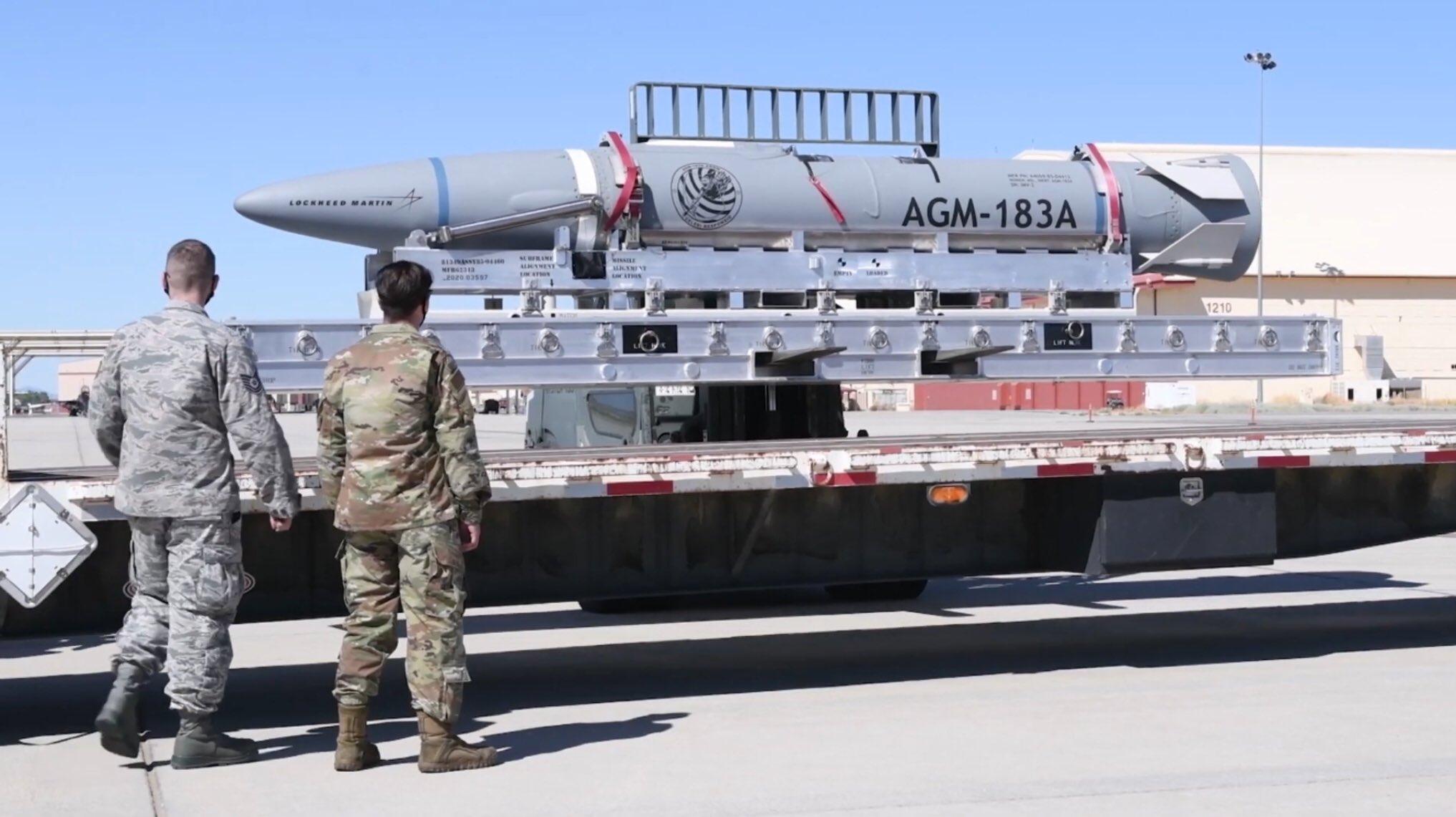
Credit: USAF
An exchange during a think-tank event in Washington on July 29 may offer an explanation for the absence of a promised U.S. Air Force hypersonic flight test in July. “Did we balk on a [hypersonic] test run last week?” John Venable, senior research fellow for Defense Policy at the Heritage Foundation...
Subscription Required
This content requires a subscription to one of the Aviation Week Intelligence Network (AWIN) bundles.
Schedule a demo today to find out how you can access this content and similar content related to your area of the global aviation industry.
Already an AWIN subscriber? Login
Did you know? Aviation Week has won top honors multiple times in the Jesse H. Neal National Business Journalism Awards, the business-to-business media equivalent of the Pulitzer Prizes.





